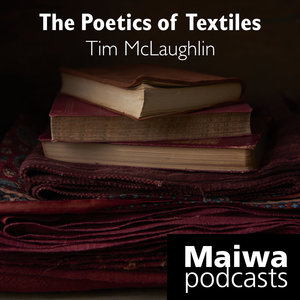Visit us in Victoria!
We're setting up shop in Victoria, BC, Canada for July long weekend!
Our very own Charllotte Kwon will be giving the keynote address Sunday at 8pm.
Stop by to see us and shop for some of your favourite items in the McKinnon Gymnasium Market Hall at the University of Victoria on:
Friday June 30th from noon - 8pm
Saturday July 1st from 9am - 5pm
Sunday July 2nd from 9am - 5pm
Open to both ANWG and non-ANWG members.



















